
Blue and yellow macaw
Macaws are large members of the parrot family found throughout Central and South America. Their bright colors and loud vocalizations are important tools for communication but also make them easy targets for poachers. GENERAL INFORMATION Like many parrots, macaws are long-live sometimes reaching ages of upwards of 50 years. More commonly they have a 30 to 45year lifespan. Blue-and yellow macaws a
Read More →
Living with a Parrot
Living with a parrot parrots are the most rehome pet and a large part of the reason they are so frequently rehome is due to a lack of about proper parrot care and what it takes to share our homes with them. Diet Diet is the most important thing you need to get right. It is going to make the biggest difference in your bird’s behavior, health and overall well-being. Parrots need a whole food diet
Read More →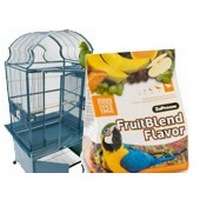
A Complete Beginners Guide
A complete Beginners GuideThe purpose of this article is to provide a complete guide for the new pet parrot owner. Parrots have been in high regard ever since 1504 when the first live parrot was import into the UK, although the Roman Cages This is the first major purchase before selecting your new companion, there are numerous designs and styles available, at various prices, from pet shops. Whilst there are no
Read More →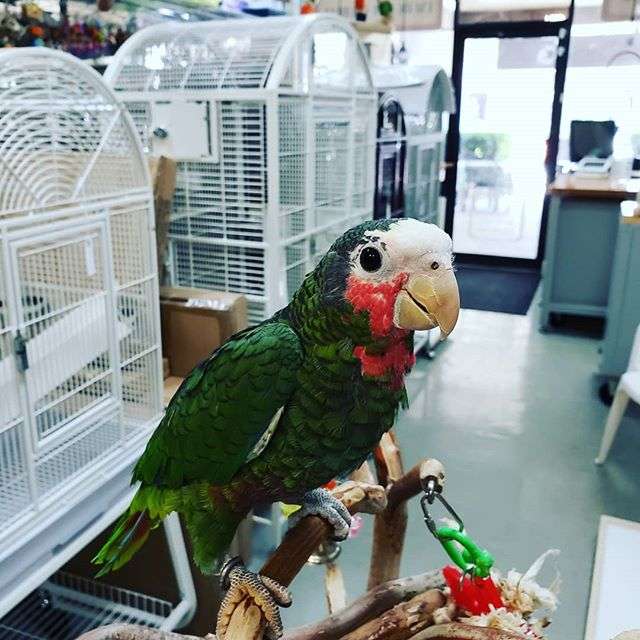
Keeping parrots healthy
Keeping parrots healthy watch out for any signs of disease, including symptoms such as weight fluctuations, breathing problems or mites. Maintain good hygiene of their home, regularly cleaning and washing the cage, food and water containers, and changing the ground covering. Parrots also need to have their nails regularly trimmed. A professional bird groomer or vet can do this, or show you how if you wish to caref
Read More →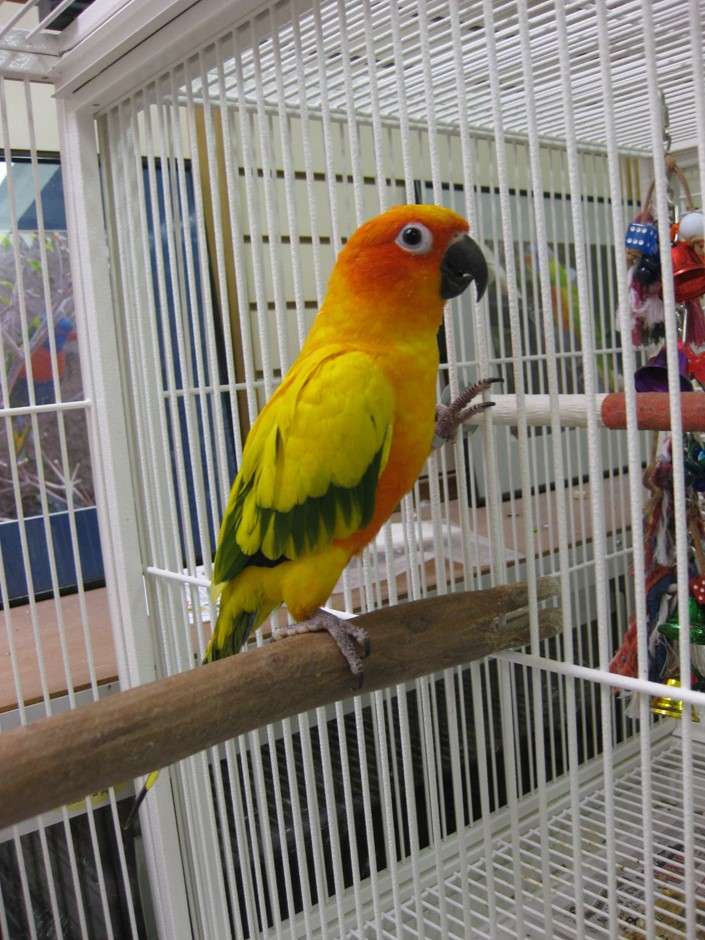
Parrot Care
Parrot Care parrots are known for their intelligence, unique personalities, long lifespan (in some species, over 30 years!) and striking colouring. Some varieties, such as African Greys, Amazons and Quakers have tremendous vocal ability, resulting in the capacity to mimic the human voice, much to their owner’s delight. Making a home for your parrot Parrots can be a variety of sizes depending on their species, how
Read More →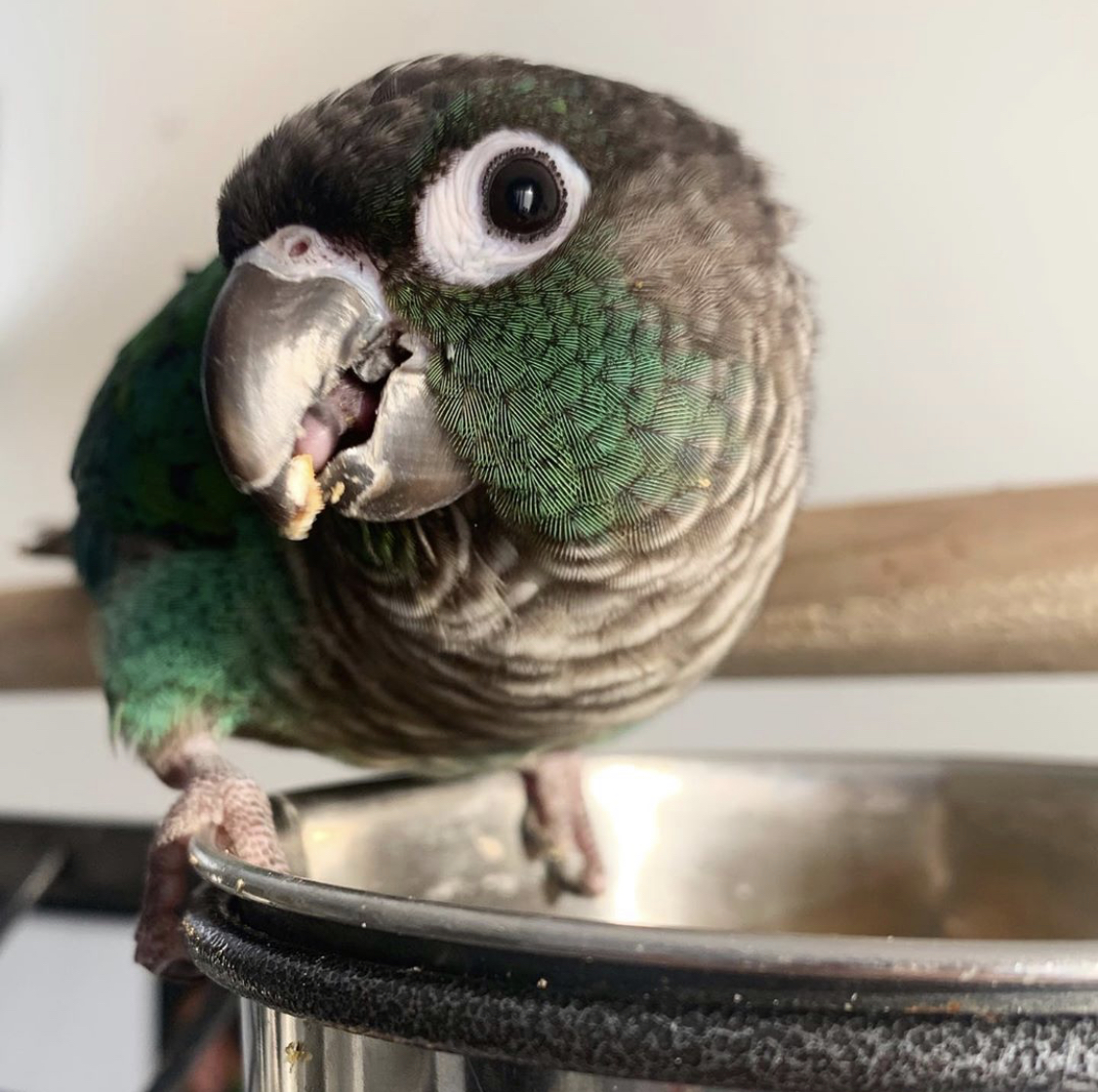
Pet Parrot Hygiene
Pet Parrot Hygiene another important step in keeping your parrot happy and healthy is maintaining the cleanliness of their environment, as well as staying on top of their “personal” bird hygiene. In the wild, parrots always have access to fresh food and clean drinking water and typically don’t live in close proximity to their droppings. As pets, on the other hand, they rely on their owners to help them stay cle
Read More →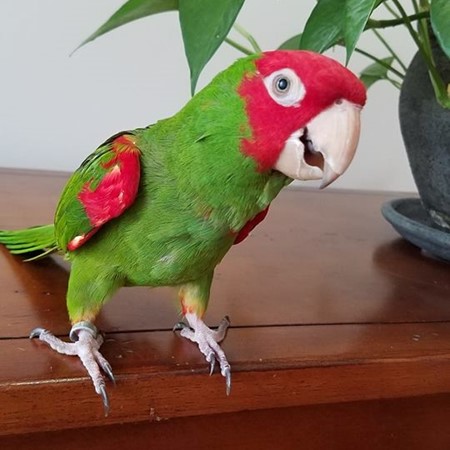
What are Parrots?
What are Parrots parrots are a diverse group of birds that include many different species and can vary drastically in size and color. For instance, the smallest type of parrot is the 3-4-inch-tall Buff-Faced Pygmy Parrot of New Guinea, while the largest, the Hyacinth Macaw of South America, can grow up to 40 inches tall.Some of the most popular pet parrot species include African Grey Parrots, budgies (also called
Read More →
What do wild macaws naturally eat?
What do wild macaws naturally eat? the wild. What they eat varies with food availability during differentWild macaws feed in the treetops and eat a variety of seeds, nuts, fruits, berries, leaves, and other vegetation. They require a higher level of fat than many other bird species and consume more nuts as part of their diet in the wild. They eat varies with food availability during different seasons. What should I
Read More →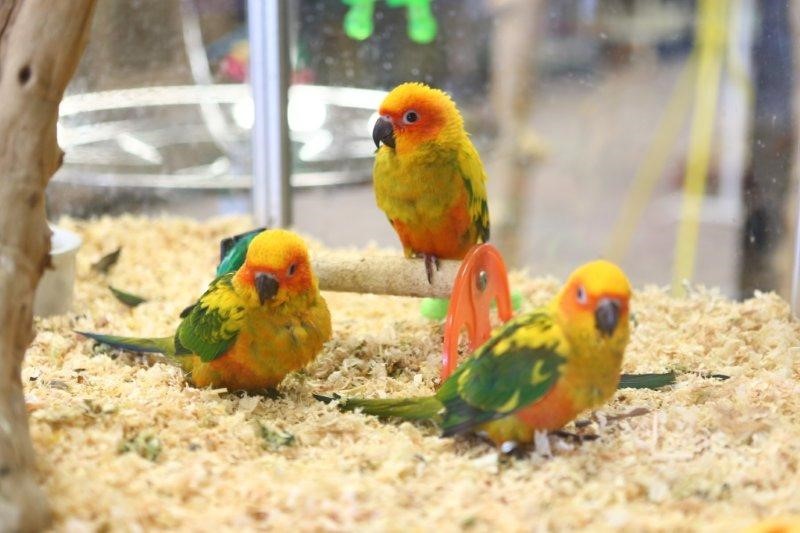
A Parrot Life
A Parrot Life breeding is a blast! But, it has stress built in. Some babies hatch and die this can be due to a lack of food or a problem that you have not cause parrots that are breeding and feeding eat triple and smaller birds need more seeds than they need in the season.A PARROT LIFEA parrot life is true for the large parrots too, but I find that the smaller ones need more all around due to their faster metaboli
Read More →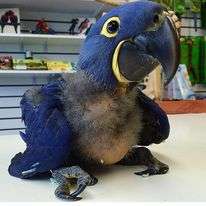
Macaw parrot breeding
Macaw parrot breeding can be a challenging and rewarding. Activity for those who are interest in agriculture and conservation. Macaws is intelligent and social birds that is know for their striking. appearance and ability to human speech.There are several considerations to keep in mind when breeding macaw. including breeding behavior incubation and chick care.
Read More →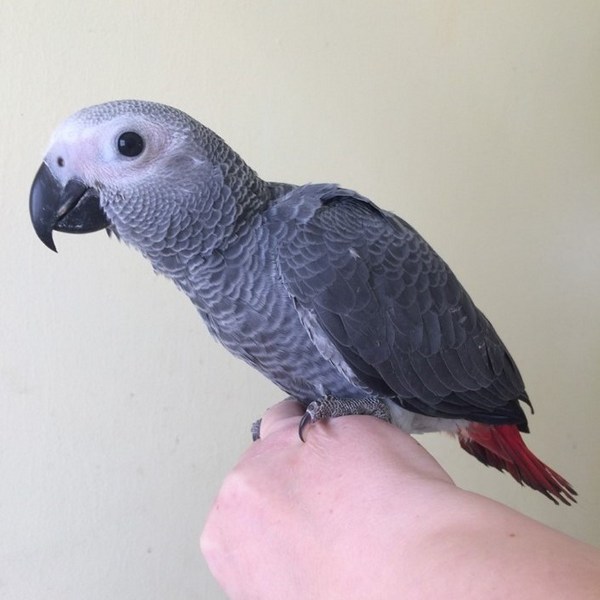
African Grey Parrots –
There’s a reason why the African grey is often considered the poster bird for parrot intelligence — not only is this bird inclined to amass a large vocabulary, African greys also demonstrate an aptitude for recognizing the meaning of words and phrases. African greys need plenty of toys that challenge their intelligence, such as foraging and puzzle toys. Nutri-Berries by Lafeber Company are perfect for forag
Read More →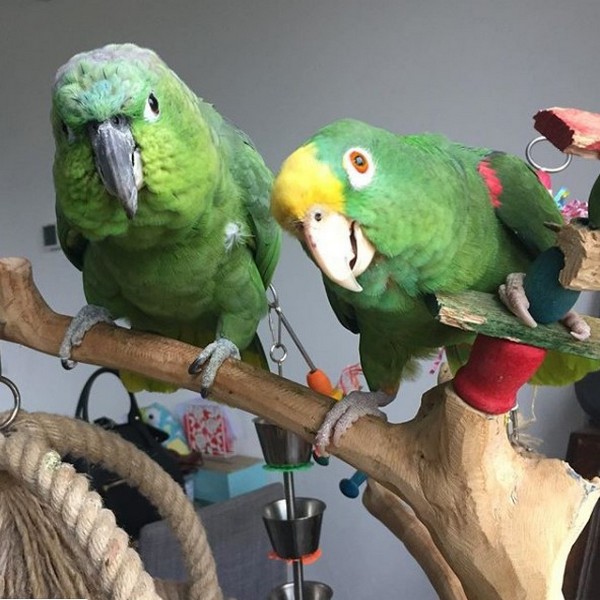
Amazon Parrots – Care & Feeding
Most Amazon parrots love to bathe; and bathing opportunities can include joining their owner in the shower, getting a spray bath, or jumping in their water dish and splashing water all about. Bathing is an important part of an Amazon’s feather health. Because of their love of food and their habit of begging for table foods from their owners, Amazon parrots tend to tip the scales toward being overweight. An Amazon
Read More →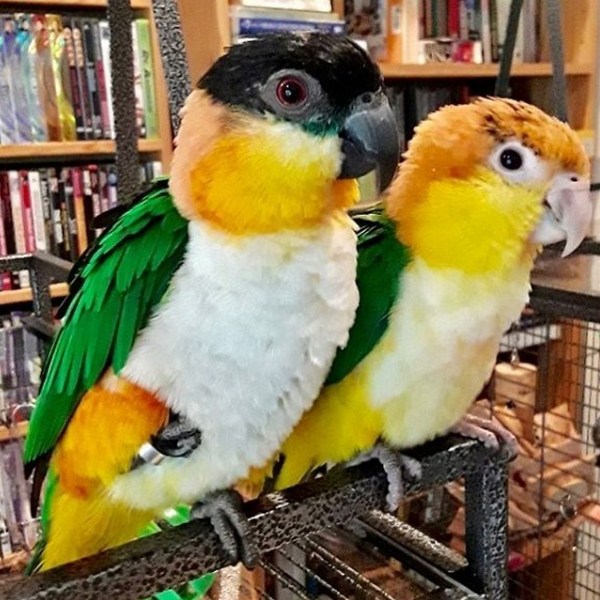
Caiques – Care & Feeding
Though the caique is a medium-sized bid, it needs a large environment. This energetic bird will suffer greatly from being confined to a small cage. Think about building a small aviary if you can, or at least provide your caique with the largest housing you can afford. Make sure that the bar-spacing is appropriate for a bird of its size and that there’s a grating on the bottom of the cage. This playful bird will di
Read More →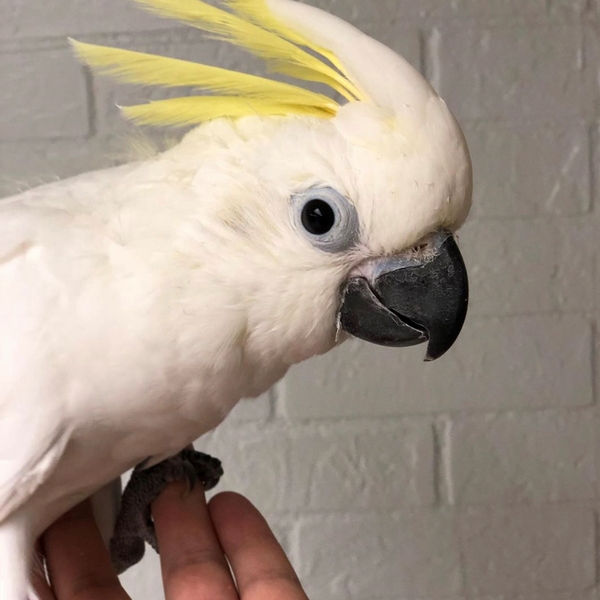
Cockatoos – Care & Feeding
A cockatoo needs a well-constructed cage to not only prevent it from escaping but to prevent the bird from destroying it. A pet cockatoo will need a steady supply of appropriate items to chew and destroy. Cockatoos tend to be needier than other pet parrot species and an owner should set boundaries early on, otherwise the bird might scream for attention. A cockatoo new to the home should not be showered with non-stop
Read More →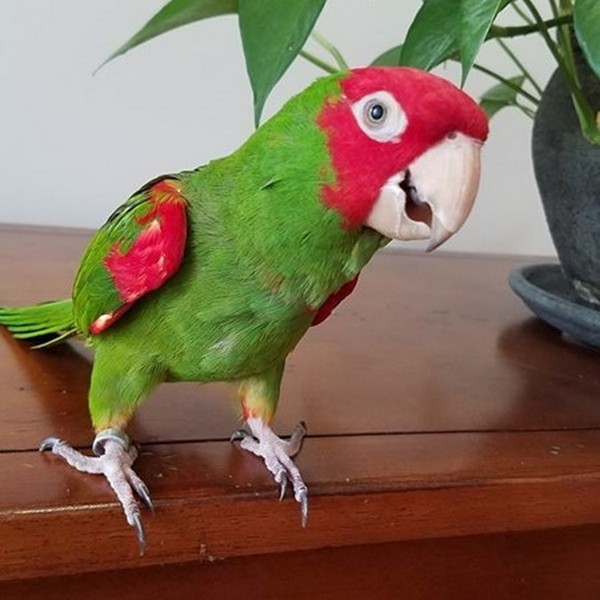
Conures – Care & Feeding
Conures are active birds and need a spacious cage to move about and to accommodate toys. A minimum cage size for a conure is 36 inches long, 24 inches wide, and 24 inches high. Conures generally love to bathe — in their water dish, in the shower with their owner or via a spray bath. A conure’s diet should include a nutritionally balanced manufactured diet, supplemented with fresh vegetables, fruit and healt
Read More →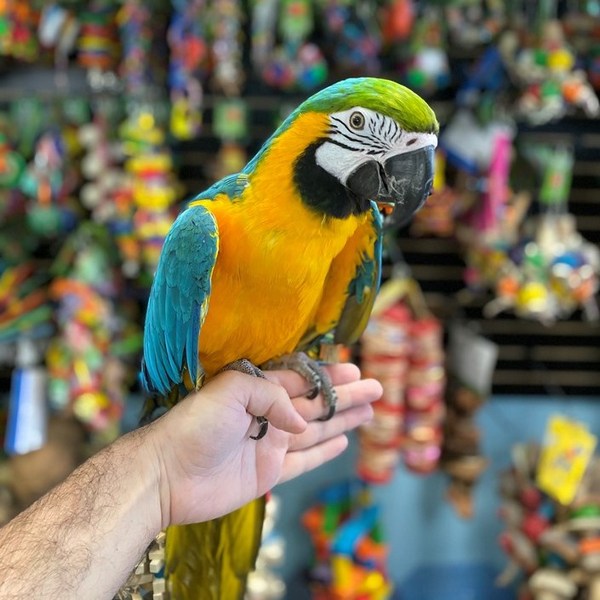
Macaws – Care & Feeding
A macaw needs a cage tall enough to prevent its tail feathers from hitting the cage bottom, which can cause the tail feathers to bend or break. Overall, a macaw needs a much larger cage and play stand than other parrot species, so a potential owner should take space considerations into account. In their natural habitat, macaws feed on native seeds, fruits, flowers, leaves, palm nuts, figs, nectar, and, in some
Read More →
Cockatiels – Care & Feeding
A cockatiel needs a cage spacious enough to accommodate multiple perches, toys, food bowls and have plenty of room to flap its wings without hitting them against anything. A cage with a large door front is ideal because it makes it easier to return a cockatiel to its cage, especially since cockatiels can be flighty birds. Cockatiels are natural ground foragers and will forage on the bottom of the cage if given
Read More →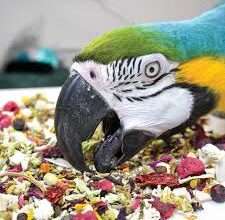
Leave a Reply